Kenya’s low coastal plain extends inland from the Indian Ocean, giving way to highlands, plateaus, mountains, and the Great Rift Valley in the west of the country. Kenya is perhaps most well known for the savanna that plays host to wildlife spectacles like the Great Migration, where over two million wildebeest, zebra and other herbivores make their annual journey to the famous Masai Mara Reserve; but there is much more to discover here.

KENYA
Years of support 0
HECTARES FUNDED 0 (1,934 acres)
HECTARES CO-FUNDED 0 (773 acres)
Trees planted 0
Reefs comprised of 250 species of coral run the length of Kenya’s eastern coastline, while lakes in the west provide habitat for a plethora of aquatic, terrestrial and airborne wildlife, including vast flocks of flamingos and the world’s largest crocodile colony. Many endemic species have adapted to live in woodlands like Dakatcha, grasslands like Kinangop, and even on the slopes of Mount Kenya, Africa’s second-tallest mountain. In the swamps and plains of Amboseli and Tsavo, one can find some of the largest elephants on Earth.
Unfortunately, Kenya’s rich biodiversity is under pressure from habitat loss and degradation driven by a growing population and unsustainable land-use practices, as well as other threats like poaching, pollution and climate change. Supported by World Land Trust (WLT), our partner organisations are involved in land protection, forest restoration, environmental education, community engagement, and sustainable livelihood support in a number of locations across Kenya.
Our partners in Kenya
Current projects in Kenya
Leleshwa Reserve
Kikuyu Escarpment
Mount Kenya
Nandi Hills
Dakatcha Woodland
Dakatcha is one of the most threatened coastal forest remnants in Africa; 50% of it has already been converted to farms or pasture. Nevertheless, this Important Bird Area (IBA) still provides crucial habitat for Endangered species like the Sokoke Pipit, Sokoke Scops Owl and Golden-rumped Elephant Shrew.
In 2019, funding from a WLT appeal expanded Nature Kenya’s Kamale Kilifi Weaver Reserve by 810 acres (327 ha). The wetlands now protected by the reserve are known to provide nesting habitat for the Endangered Clarke’s Weaver. In 2021, WLT and other organisations helped to increase the size of another Dakatcha reserve – this one managed by A Rocha Kenya – from 1,517 acres (613 ha) to 3,797 acres (1,536 ha).
Both of our partners work with the people of Dakatcha to monitor their reserves and mitigate illegal activities, such as poaching and charcoal burning within protected areas, as much as possible. Upcoming projects in 2022 and 2023 promise to bring more acres under protection while supporting sustainable land-use in Dakatcha.
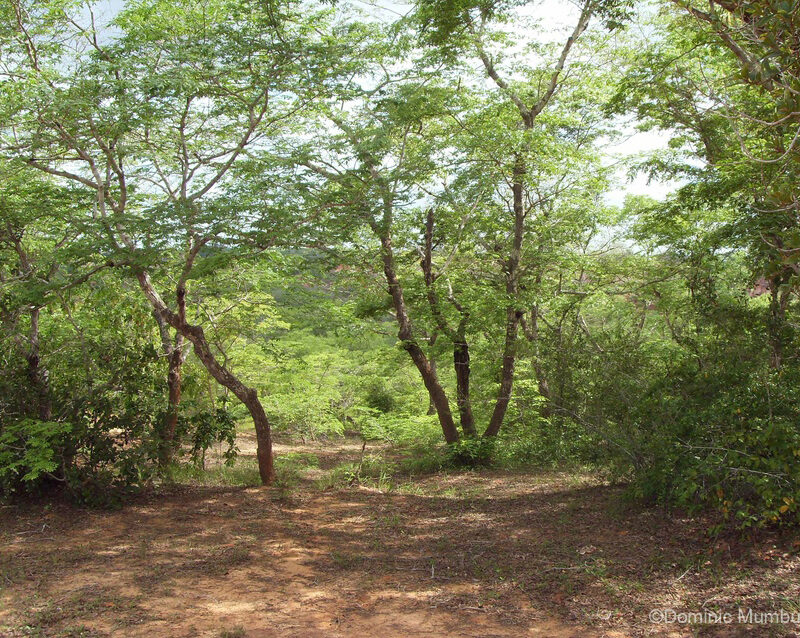
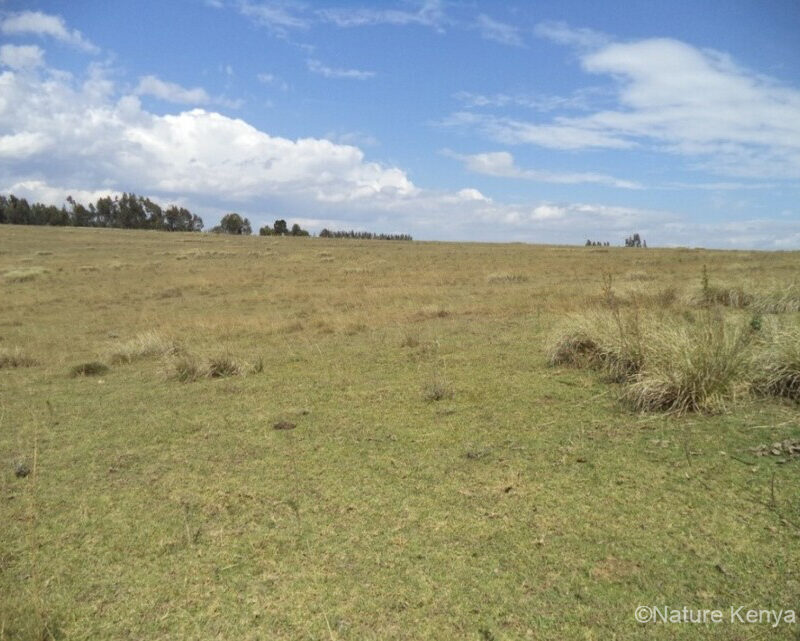
Leleshwa Reserve
The creation of the Leleshwa Reserve in 2011 marked WLT’s first project with Nature Kenya and our first funded project in Africa as a whole. The reserve protects 50 acres of grassland on the Kinangop Plateau, an IBA that has suffered from wetland drainage, invasive tree species, and widespread habitat destruction.
Kinangop is a vital stronghold for Sharpe’s Longclaw, an Endangered passerine bird endemic to Kenya that favours the tussocked grassland found within Leleshwa Reserve. It is also a key location for Jackson’s Widowbird (Near Threatened), Kenya Horned Viper and Kinangop River Frog (both Vulnerable) and Palearctic migrant birds like the Pallid Harrier (Near Threatened).
Supported by WLT’s Keepers of the Wild programme, Nature Kenya rangers monitor wildlife populations in Leleshwa and beyond, patrolling reserves to ensure their ecosystems remain protected. They also engage in outreach initiatives that bring conservation education to schools and land-use training to the wider community.
Mount Kenya and the Aberdares
WLT have been funding restoration activities in the Mount Kenya Forest Reserve since 2015, making this one of our longest-running Plant a Tree projects. Most recently, 300,000 native trees were planted between 2019 and 2022, restoring 741 acres (300 ha).
Nature Kenya work with Community Forest Associations (CFAs) who raise their own seedlings with training and support from government organisations. CFA members are also responsible for the monitoring and maintenance tasks that are essential for the seedlings’ survival.
Mount Kenya is one of Kenya’s five main “water towers” as well as a Key Biodiversity Area home to 150 near-endemic plant species, 2,000-3,000 elephants, and hundreds more species. This project has also restored 33 acres in the nearby Aberdare Mountains, which provides further habitat for the Critically Endangered Mountain Bongo. Mount Kenya was also once home to Eastern Black Rhino, though none have been seen here in almost a decade.
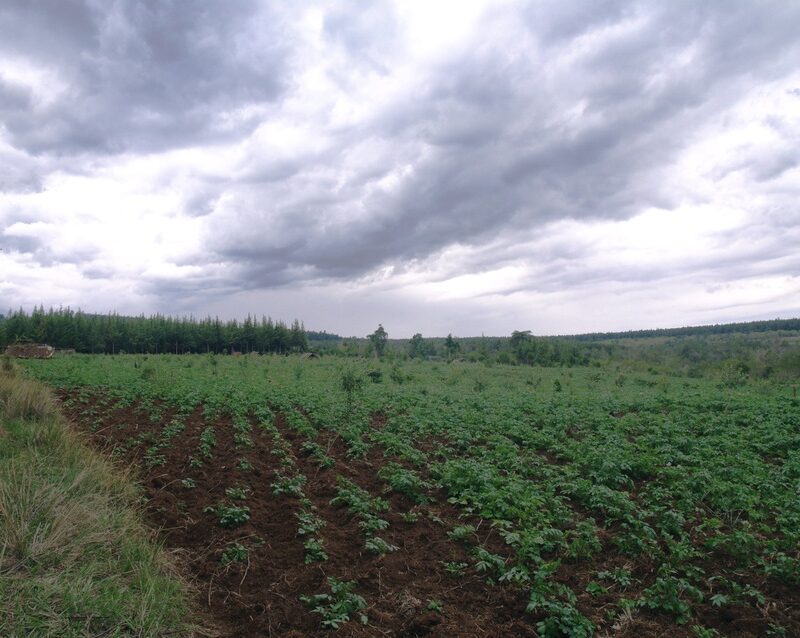
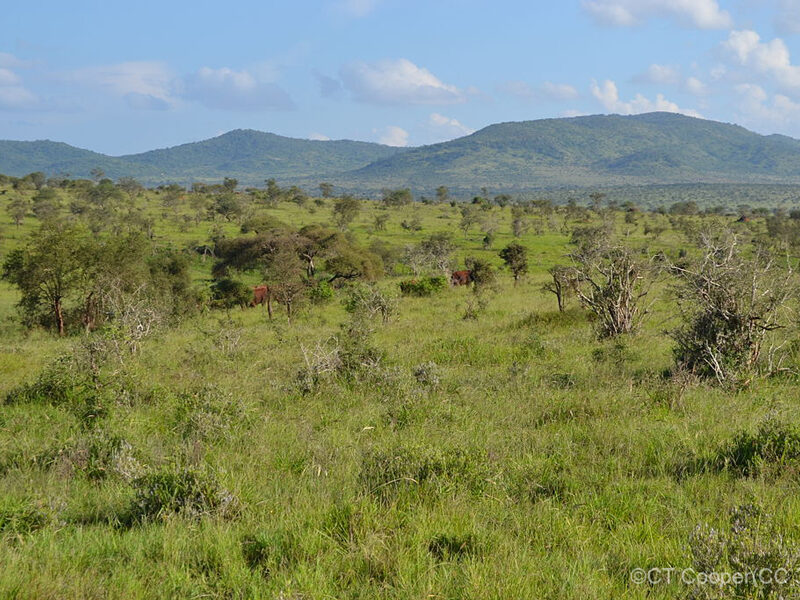
Msidunyi Forest
In 2015, funding from WLT, RSPB and African Bird Club helped Nature Kenya to secure a lease for 15.5 acres (6.28 ha) of land in Msidunyi Forest, located in the Taita Hills of southeast Kenya. The Taita Apalis, one of the world’s rarest birds, is known to occur here; it is estimated that Msidunyi Forest protects 6% of the entire population.
Classified as Critically Endangered, the Taita Apalis’s range is tiny – just 4,000 acres (1,600 ha) in all – and there could be as few as 50 individuals remaining, according to the IUCN. The protection of Msidunyi, one of the few forest fragments where the bird still lives, represents a significant step forward for its survival hopes.
In the wider Taita Hills area, Nature Kenya’s Keepers of the Wild have assisted communities with fruit tree grafting and plant nursery management. One community group, in addition to harvesting and selling honey and tomatoes, have raised seedlings that will be used to restore degraded areas of Msidunyi.
PAST PROJECTS IN KENYA
Kikuyu Escarpment Forest
This forest, like others in the central Kenyan highlands, is rich in bird species. Regionally threatened birds like the Olive Ibis, Red-chested Owlet and Ayres’s Hawk-eagle have been recorded here, as have the more imperilled Crowned Eagle (Near Threatened) and Abbott’s Starling (Endangered). Elephants are also known to travel between the forest and the nearby Aberdare Mountains.
For many years, the Kikuyu Escarpment has suffered from unsustainable levels of illegal logging, charcoal burning and agricultural encroachment. To help restore the land here, WLT has funded tree-planting activities on three separate plots totalling 113 acres.
To complement the restoration of the Kikuyu Escarpment, Nature Kenya also supports local communities in their transition to sustainable livelihoods that relieve pressure on the natural environment, such as beekeeping and ecotourism. School programmes also help to promote conservation in the area.
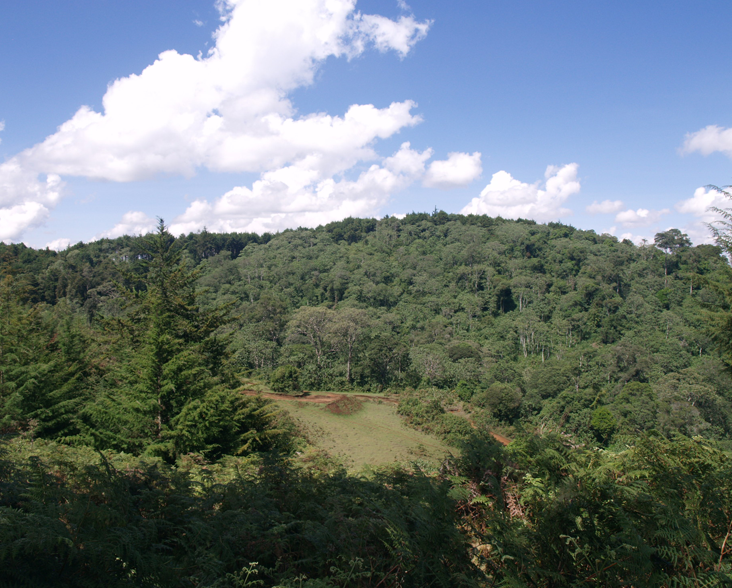
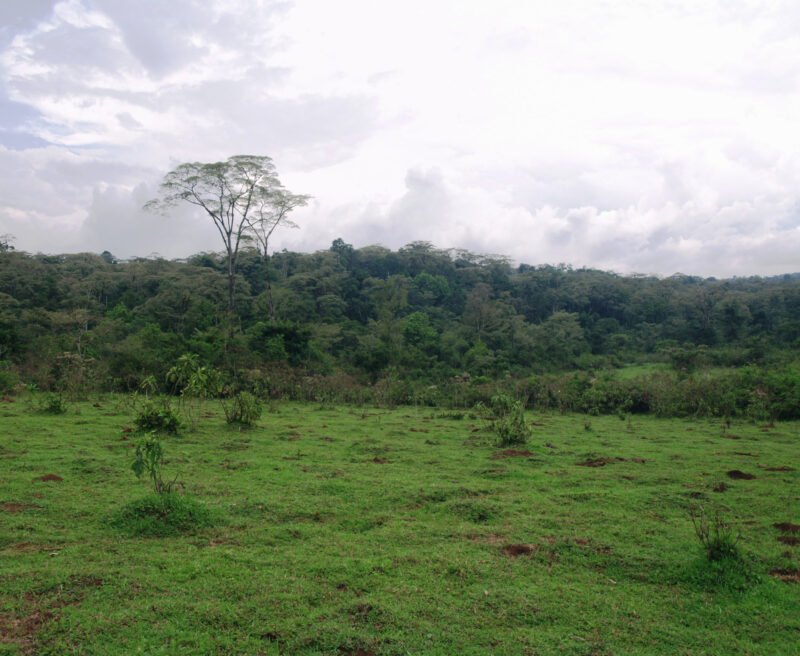
South Nandi Forest
One of the most threatened Important Bird Areas (IBAs) in Kenya, this forest has been identified as the most important site for Turner’s Eremomela, a Near Threatened warbler that occurs in just a few locations in Kenya and the Democratic Republic of the Congo. Also present in the area is the exceedingly rare Mountain Bongo, a forest antelope that has an estimated population of just 100 individuals.
In 2013 and 2014, WLT funded a tree-planting project to restore 405 acres of cleared and degraded forest in South Nandi, where land pressure has historically been very high. To relieve pressure on the forest, WLT also supported the planting of woodlots, which provide a sustainable source of fuel and timber for local communities.
Nature Kenya has been working to bring environmental education to schools here, enhancing the practice and understanding of conservation among the young. Meanwhile, Community Forest Associations (CFAs) are helping to develop nature-based enterprises and foster sustainable management of the area’s natural resources.
